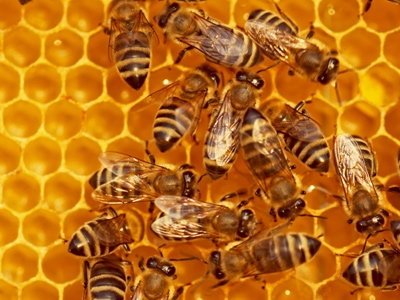
Level 7-8 Numbers - Percentages - Increases and Decreases
There are three ways to represent fractions of numbers - fractions, decimals and percentages. Percentages are a part of everyday life and you'll need to be able to calculate increase and decreases in percentages if you ever want to understand interest rates or pay rises!
To calculate a percentage increase, first divide the percentage by 100 and then multiply by the original figure. So, to find a 5% increase on £800, first divide 5 by 100 (0.05) and then multiply by 800 to get 40. Add this to the original figure to get £840.
To calculate a percentage decrease, follow the same steps but this time subtract 40 from 800 to give an answer of £760.
Put your numbers hat on and practise with the following quiz increases and decreases in percentages. If you can get the full 100% in this quiz, you've cracked it!
(13,500 ÷ 2,300) x 100 = 17.037....
10.2 ÷ 0.68 = 14.70588235294118....
0.0387 x 100 = 3.87
0.3084 x 100 = 30.84
97,000 ÷ 100 = 970
88,000 ÷ 970 = 90.722
Ready for more?
not all...
quizzers. Try to win a coveted spot on our Hall of Fame Page.








M = P( 1 + i )n
Here, M = the final number of bees; P = the initial number of bees; i = the percentage increase (if it is a decrease, it will be negative; n = the number of days (but it could be weeks/months/years or any time period, depending on the problem) and it is the POWER to which (1 + i) has to be raised. Plug in the numbers and do the calculation